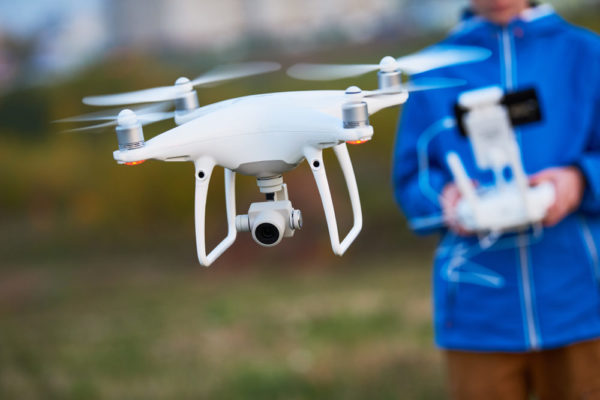Table of Contents
Defective Children’s Toys
One of the most dangerous areas of defective and dangerous products involves toys. According to a report by the US Consumer Product Safety Commission, approximately 166,200 children under the age of 15 were treated in the emergency room for toy-related injuries in 2018. Of those, many thousands resulted in hospitilization and dozens resulted in fatalities. Some toys are well made and safe for use. However, more and more, cheaply made toys are entering the marketplace and can cause serious injuries to small children that play with them. With this in mind, it is essential that the toys our children play with are free of hazards and possible dangers. Sadly, in reality, many innocent children suffer serious and often times fatal injuries to defective toys.
Here are some common toy hazards to consider:
- Toys that contain lead based paint, can lead to lead poisoning
- Toys that contain small pieces, can pose a choking hazard
- Toys that contain long strings or rope, may pose a strangulation hazard
- Toys that create a hazard that may result in physical injury to small children
Some of the most common toys that cause severe injury or even death to children include scooters (both motorized and not), rubber balls, stuffed toys, and water toys. Be especially careful when purchasing potentially dangerous products from Amazon or other large online retailers that are flooded with products from overseas that don’t necessarily meet the safety standards you may be expecting.
During the coronavirus pandemic of 2020, children actually experienced more injuries due to defective and dangerous products. Injuries caused by skateboards, hoverboards, and scooters were sharply up in the summer of 2020. Interestingly, sports-related injuries dropped by as much as 81%, largely due to children not being in school. There was also a rise in injuries caused by household chemicals such as cleaners and detergents, and even contaminated soap.

Defective Consumer Goods
Most people fail to consider the safety of everyday consumer goods, from appliances to toys, tools and other common household products. But, design defects and manufacturing defects can make even ordinary everyday items dangerous and sometimes deadly. While manufacturers are required to meet safety guidelines outlined by the Consumer Product Safety Commission (CPSC), thousands of products are recalled each year due to faulty parts and safety concerns.
Industrial Equipment-Workplace Injuries
Poorly designed industrial machinery can lead to devastating injuries to workers who do not fully appreciate their potential dangers. Within seconds a worker can sustain a head injury, lose a limb or suffer fatal injuries. Most workers have recourse through the employer’s worker compensation program. However, if an injury is caused by a defective machine, then a potential product liability case may exist against the manufacturer and seller of the equipment.
 When designing machinery, industry engineers who are concerned about safety generally implement a basic “design guard, warn” hierarchy. If the hazard can be removed through an improved design, that is likely the best solution. If the hazard can not be corrected through design, then guards should be put in place to protect the worker. If that is not possible, then proper warnings should be placed in the proper locations warning the user of potential hazards.
When designing machinery, industry engineers who are concerned about safety generally implement a basic “design guard, warn” hierarchy. If the hazard can be removed through an improved design, that is likely the best solution. If the hazard can not be corrected through design, then guards should be put in place to protect the worker. If that is not possible, then proper warnings should be placed in the proper locations warning the user of potential hazards.
Here are some of the most common workplace hazards:
Explosions/Fires – There can be many causes, including a defective circuit breaker or machine that overheats that leads to a fire or explosion. In such case a fire cause and origin expert should be contacted immediately.
Pinch Points – Where the wheels or conveyors intersect can grab a workers arm, hair or loose clothing into moving machinery causing serious if not fatal injuries.
Crush Areas – Areas where two parts of machinery collide, for example an industrial press.
KEY STRATEGY – As a general rule, a product liability case should at least be considered and investigated any time a worker is seriously injured by machinery.
Defective Medical Equipment & Devices
When a client has an unexpectedly bad medical result, a lawyer will investigate the case for malpractice against the doctor or hospital. In certain situations, a product liability lawsuit should also be considered. Products used within the health care industry are heavily regulated and yet they still fail if the products are poorly designed. Often times the result can be devastating injuries. Nearly all types of medical devices have been successfully litigated.
Examples of defective medical equipment include: prosthetic implants that fail, ventilators that fail to properly breathe, defective anesthesia equipment, faulty vital sign monitors and more.
- CLICK HERE – to learn more about Defective Medical Products and Devices
Defective Prescription Drugs
Some heavily marketed drugs such as Vioxx and Avandia are proving to cause serious long-term adverse health affects. One of the most difficult aspects of medical product liability cases is receiving some degree of cooperation from the doctor who understands he may be facing a potential medical malpractice lawsuit. Even if the doctor has no potential liability, he may not want to cooperate in any type of litigation.
Drugs are designed to help bring relief from pain, but at times, a drug that is intended to help, instead causes more injury, sometimes even fatal injuries. This commonly occurs, when a new drug is not properly tested, when the patient receives a prescription error or when the drug causes an unsuspected side effect.
Drug manufacturers, doctors and pharmacists share a responsibility to ensure that the drugs they prescribe to patients do not cause harm. Some drugs have dangerous side effects and/or can cause potential long term health problems. Often times these drugs are subject to defective drug recalls. While the Food and Drug Administration has part in determining a drugs safety, ultimately, the manufacturer is liable for any injuries suffered.
Read the next article: Defective and Dangerous Automobile Products









